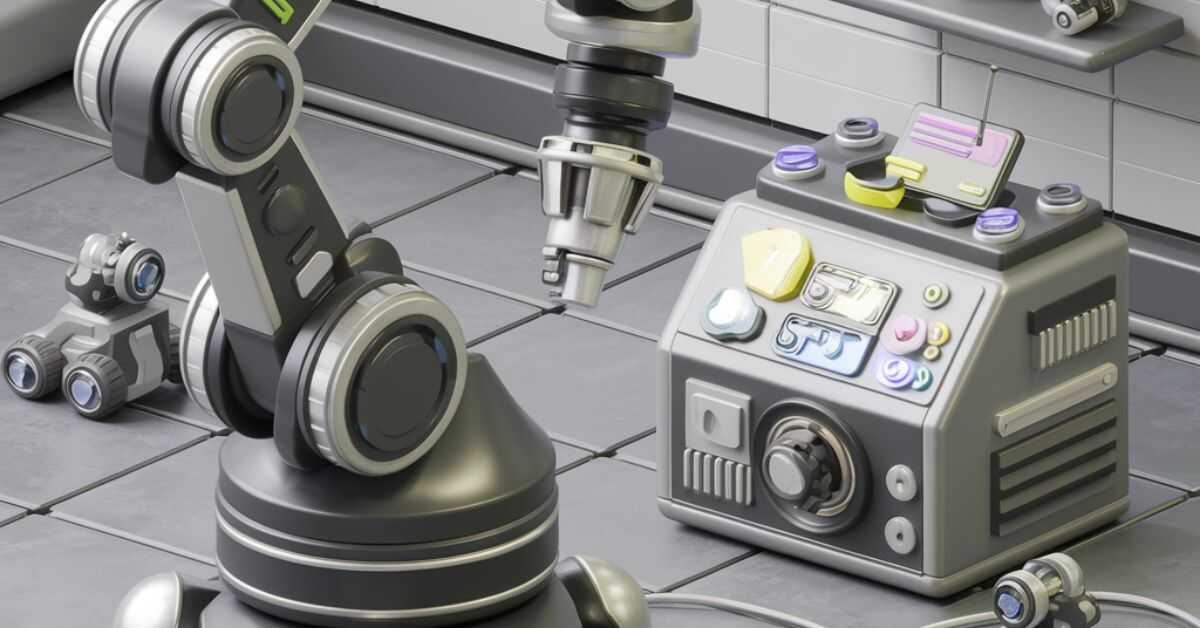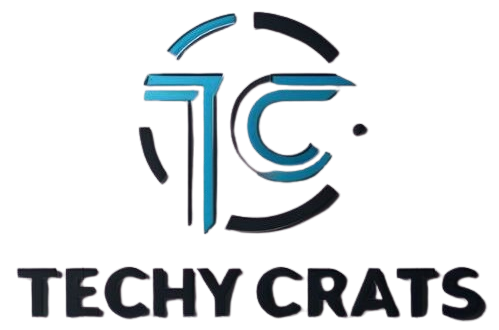Anima Robotics is revolutionizing the world of autonomous robots. This innovative robot uses Arduino Software and various sensor technologies to navigate and avoid obstacles. It employs ultrasonic sensors and motion sensors for precise obstacle detection. With advanced robotic systems and Bluetooth technology. ANIMA can be also controlled remotely. Its robotic mechanisms allow for effective path tracking and robotic navigation.
As part of robotics research, ANIMA explores edge detection and line-following techniques. This mobile robot integrates AI algorithms and machine learning algorithms to enhance robot control and robotic movements. Its open-source hardware and microcontroller modules make it a cutting-edge solution in robotics applications.
LITERATURE SURVEY
In recent robotics research, various obstacle avoidance strategies have been explored. Machine learning algorithms enhance robotic navigation and image processing. Studies focus on edge detection, sensor technologies, and autonomous robot performance in real-world robotics applications.
Radar-Based Obstacle Detection Techniques
Radar-based obstacle detection techniques play a crucial role in robotic systems and autonomous robots. Researchers like Fakhrul Razi Ahmad Zakuan and colleagues have explored integrated radar architectures to enhance obstacle avoidance in vehicles. Their work involves using radar sensors to minimize blind spots and improve robotic navigation.
The coordinates from multiple radars are projected in a Cartesian plane to ensure accurate obstacle detection. This sensor technology reduces the risk of collisions by providing real-time data for navigation algorithms and robot control. Such advancements are pivotal in robotics applications and machine vision.
Artificial Potential Field Algorithms for Mobile Robots

Artificial Potential Field (APF) algorithms are widely used in robotic navigation for mobile robots. They create virtual forces to guide robotic movements, helping autonomous robots avoid obstacles and reach their targets efficiently. APF methods utilize sensor technologies such as ultrasonic sensors and motion sensors to detect obstacles and adjust the robot’s path.
Machine learning algorithms can enhance APF by improving obstacle avoidance strategies and path tracking. Recent research emphasizes integrating AI algorithms with robot control systems to optimize robotic navigation and trajectory planning. These advancements contribute significantly to robotics applications and robotic systems.
Camera-Based Obstacle Avoidance Strategies
Camera-based obstacle avoidance strategies leverage image processing and machine vision to navigate mobile robots. Researchers use monocular cameras paired with AI algorithms to detect and avoid obstacles in real time. Techniques such as binary semantic segmentation help in edge detection and obstacle detection.
And allowing robots to map their environment accurately. Computer vision systems analyze images to assess proximity sensor data and determine obstacle distances. Integrating robotic systems with navigation algorithms and robot control enhances robotic navigation and trajectory planning.
Also See : Hypackel: Discover the Ultimate Free Online Gaming Hub
COMPONENTS
Here are some components of anima robotics.
- Arduino UNO R3
- L293D Motor Driver
- HC-SR04 Ultrasonic Sensor
- Bluetooth Module (HC-05)
- Servo Motor (MG995)
- Gear Motors
- Arduino IDE
WORKING
This section details how the ANIMA robot operates, focusing on the integration and coordination of its components to perform tasks like obstacle avoidance and Bluetooth control.
Obstacle Avoiding
ANIMA robot autonomously detects and avoids obstacles using its ultrasonic sensor. The servo motor rotates the sensor to scan the environment, checking for obstacles on both the left and right. The sensor data is sent to the Arduino UNO, which processes the information and commands the motor driver to adjust the robot’s direction, allowing it to avoid collisions efficiently.
Bluetooth Controller
The Bluetooth Controller mode enables remote control of the ANIMA robot. The Bluetooth module receives input from an external device, such as a smartphone, and transmits it to the Arduino UNO. The microcontroller interprets the commands and directs the motor driver to move the robot accordingly. This allows for precise control over the robot’s movements within a specified range.
Sensor Integration and Motor Coordination
Sensor integration is crucial for the robot’s navigation. The ultrasonic sensor and servo motor work in tandem to detect obstacles and relay information to the Arduino UNO. The microcontroller processes this data and coordinates with the motor driver to control the gear motors. This seamless coordination between sensors and motors ensures smooth and efficient navigation, whether in autonomous mode or under Bluetooth control.
FUTURE SCOPE

Anima Robotics has the potential to advance through AI algorithms for enhanced obstacle detection and fully autonomous navigation. Future developments could include swarm robotics and real-time mapping for more complex environments.
- Autonomous Obstacle Avoidance: Utilizes ultrasonic sensors and servo motors for real-time obstacle detection and avoidance.
- Bluetooth-Controlled Navigation: Features a Bluetooth module for wireless control via smartphones or external devices.
- Arduino-Powered System: Operates using an Arduino UNO microcontroller for precise control and coordination of components.
- Versatile Applications: Can be adapted for various tasks, including floor cleaning, surveillance, and package delivery.
- Open-Source Development: Designed with Arduino IDE and open-source hardware, allowing for customization and experimentation.
Conclusion
Anima robot is a versatile tool with various practical applications, like floor cleaning, surveillance, and package delivery. Its design, featuring an Arduino UNO, Ultrasonic Sensor, Motor Driver, and Bluetooth module, allows for easy programming and control. The Servo motor and geared motors ensure smooth movement and effective obstacle avoidance.
While it performs well in basic tasks, the robot has some limitations. Such as difficulty navigating complex environments challenges in detecting tilted surfaces, and a limited ultrasonic sensor range of about 400 cm. Anima robot is a reliable and useful device, offering a solid foundation for future improvements and expanded capabilities.
FAQ’s
How does robotics work?
Robotics involves designing and building robots like Anima that can perform tasks autonomously or semi-autonomously. It combines mechanical engineering, electronics, and programming to create machines that can sense, decide, and act.
What is the hardest part of robotics?
The hardest part of robotics, including for robots like Anima, is achieving reliable robotic perception and intelligent decision-making in complex environments. Ensuring precise control and coordination among sensors, actuators, and algorithms is challenging.
How to use a computer in robotics?
Computers are used in robotics, such as with Anima, for designing, simulating, and programming robot behavior. They help in running algorithms for tasks like navigation, obstacle avoidance, and manipulation.
Which software is used for robotics?
Common software for robotics, including programming robots like Anima, includes ROS (Robot Operating System) and MATLAB for algorithm development and simulation. Other software options are VEXcode, LabVIEW, and Gazebo.

